A Framework for Cloud Based E-Government from the Perspective of Developing Countries
Abstract
:1. Introduction
2. Related Works
3. Cloud Based E-Government Framework
3.1. Cloud Based G2G Conceptual Model
3.2. Cloud Based G2G E-Government Framework Stages and Assimilation Process
- -
- Technical feasibility: Technical feasibility supports the government to identify the technological strength and weakness of the government for adopting cloud based e-government.
- -
- Financial feasibility: Financial feasibility supports to make decision, whether the proposed system, is financially feasible for adoption or not. Cost benefit analysis is performed under this activity. Cost benefits analyses compares and weigh the benefits and cost of the framework in order to determine its feasibility, usability and adoptability of the framework as shown in Figure 3. The activity decides whether the framework is performing well in the different dimension and meeting the government expectation. Cost benefit analysis determines whether employing cloud based G2G framework is justified in terms of the financial benefit or savings. It compares the information communication technology infrastructure establishment cost with the cost involved using cloud platform for deploying electronic government projects. Having said that, cost benefit analysis is not always discussed in the context of monetary value gain. Therefore, the cloud based framework evaluates the benefits of the cloud based G2G e-government framework against its cost.
- -
- Organizational feasibility: organizational feasibility supports the government to decide whether the organizational structure is ready to accept the new change. It would further support the government to make an appropriate strategy to manage the change in the organization.
- -
- ICT infrastructure development
- -
- E-government interoperability framework
- -
- E-government services prioritization
- -
- E-government delivery channels
- -
- Electronic transaction
- -
- Government policies
- -
- Change management
- -
- Data sharing (G2G)
- -
- Knowledge management
- -
- Cloud readiness of existing e-government application: Cloud readiness refers to the strength of the existing application and system to perform in the cloud computing environment. Based on the existing government applications and systems, the governments need to make an appropriate strategy to make them cloud computing compatible. It is worth spending some time and resources to assess the cloud readiness of the existing system before the government make cloud migration decision. Several factors need to be considered while assessing e-government application for their cloud readiness. Dependencies of the existing e-government system and application, the system and application architecture and the workload are the key parameters to assess the cloud readiness of an e-government. Table 1 summarizes the attributes for cloud readiness of an existing e-government application or a system. Individual applications are assessed against the given attributes and outcome is recorded as ready, partially ready or not ready. The attributes mainly assess the inter application dependencies, complexity and workload or traffic that can be handled.
- -
- Cloud service model/Cloud deployment model: Once the application and systems are ready to deploy in the cloud platform, the government needs to make appropriate strategies to adopt cloud services and deployment mode. Since the government uses their own customized applications and those applications run on the particular environment, infrastructure as a service model is required. Some of the government application, i.e., email, or some collaborative application software i.e., word processing could be taken as software as a service. The deployment model depends on the availability of the budget and time. If the government have enough budget and time, then they should go for a secure private cloud, however this may not be feasible for developing countries.
- Business risks: Such risks can directly oppose the government vision and incur financial loss for the government. It is directly linked with the financial feasibility.
- Organization risks: These risks focus on existing government departments’ organizational structure and their suitability for the new cloud based system. It also focuses on the user perspective.
- Technical risks: These risks consider the technical issues for an existing application and their migration into the cloud. Furthermore, technical risks also consider the threats relating to security and privacy as they are one of the main concerns for migration to the cloud.
- -
- Tele-centres: The concept of tele-centres is already in use in some developing countries. A tele-centre serves as a community centre that is equipped with the computer and internet connection. Rural areas of developing countries, where people are less likely to have access to ICT tools, could benefit from tele-centres. Tele-centres are established by the government in the communities and managed by the member of the community. These centres could be used to enhance the skill of the local population and to motivate to use e-government services.
- -
- Rural municipalities: These are smallest unit of governments and primary point of contact for the government service delivery. Computerization and connecting these municipalities to the internet would increase their efficiency and could better serve the local population.
- -
- Kiosks: Kiosks machine are popular in the developed countries. Kiosks are self-service machine that people can use to take certain government services. Since these machines are not very expensive and easy to install, government can use them to deliver government services. These machines could be placed in the local libraries, government offices to reduce the workload on the staff and in the private business premise.
- -
- Electronic wallet: although developing countries lack payment gateways, many of the countries have private business those are providing electronic wallet services to the users. This could be one of the option for the government to embed their services in the government portal to accept payments.
- -
- E-banking: Almost all of the corporate banks in developed or in developing countries provide e-government services. Government could collaborate with the banks for the payment handling.
- -
- Private business: involvement of the private business as an agent to deliver certain government services to the stakeholders could be one of the options for payment handling in developing countries. Government could appoint agent companies to handle the payment sharing certain commission percentage. We have examined various e-government projects in the Asian countries to identify how the financial transaction is being handled. Among them we have found that Pakistan government initiative to engage private business as a franchise to handle money from the stakeholder is running successfully. According to the government portal www.e-sahulat.nadra.gov.pk, e-sahulat handles 23% of the Utility Bill market share with its 12,000 franchises.
4. Case Study
4.1. Study Context
4.2. Area of Focus
4.3. Study Objective and Hypothesis
4.4. Study Plan
4.5. Study Team
4.6. Process
4.6.1. Initialize
Requirement Analysis
Cost Benefit Analysis
4.6.2. Assess
Cloud Feasibility Analysis
Risk Assessment and Management
- -
- Physical security:Physical security would assure the government that the data and information are held in a secure location where only authorized people have permission to get access. The data centre of the Data Hub & Network Ltd has been visited to see whether they have an appropriate mechanism in place to secure the data and information. The following observation has been made.
- 24*7 CCTV monitoring of the premise
- Biometric authentication system in place to enter into the premise
- 24*7 electricity backup
- Second data centre is located outside the valley for disaster management
- 24*7 technical support staff is available to address any issues in system
- ISO 27001:2013 certified data centre
- -
- Logical security:Logical security would assure the government that the data and information within the cloud environment is secure from the logical threat i.e., hacker, intruder and virus. The following but not limited to measure have been put in place.
4.6.3. Execute
Service Delivery Channels
Electronic Transaction Processing Model
Cloud Services and Deployment Model
Service Level Agreement (SLA)
Customization and Configuration of the Legacy System
Migration
4.6.4. Evaluate
5. Discussion
6. Conclusions
Acknowledgments
Author Contributions
Conflicts of Interest
References
- Palvia, S.C.J.; Sharma, S.S. E-government and e-governance: Definitions/domain framework and status around the world. Int. Conf. E-Gov. 2007, 3, 1–12. [Google Scholar]
- Heeks, R. Most eGovernment-for-Development Projects Fail: How Can Risks Be Reduced? Institute for Development Policy and Management, University of Manchester: Manchester, UK, 2003; Volume 14. [Google Scholar]
- Al-Hujran, O.; Al-Debei, M.M.; Chatfield, A.; Migdadi, M. The imperative of influencing citizen attitude toward e-government adoption and use. Comput. Hum. Behav. 2015, 53, 189–203. [Google Scholar] [CrossRef]
- Dada, D. The failure of e-government in developing countries: A literature review. Electron. J. Inf. Syst. Dev. Ctries. 2006, 26, 1–10. [Google Scholar]
- Lessa, L.; Negash, S.; Belachew, M. Steering e-government projects from failure to success: Using design-reality gap analysis as a mid-implementation assessment tool. In Emerging Issues and Prospects in African E-Government; IGI Global: Hershey, PA, USA, 2014; pp. 143–156. [Google Scholar] [CrossRef]
- Magro, M.J. A review of social media use in e-government. Adm. Sci. 2012, 2, 148–161. [Google Scholar] [CrossRef]
- Syamsuddin, I. Evaluation of e-government initiatives in developing countries: An ITPOSMO approach. Int. Res. J. Appl. Basic Sci. 2011, 2, 439–446. [Google Scholar]
- Farzali, E.; Kanaan, G.; Kanaan, R.K.; Atieh, K. E-Government in Syria: Obstacles and Interoperability Framework. In Handbook of Research on E-Government in Emerging Economies: Adoption, E-Participation, and Legal Frameworks; IGI Global: Hershey, PA, USA, 2012; pp. 212–236. [Google Scholar]
- Wyld, D.C. The cloudy future of government IT: Cloud computing and the public sector around the world. Int. J. Web Semant. Technol. 2010, 1, 1–20. [Google Scholar]
- Hashemi, S.; Monfaredi, K.; Masdari, M. Using cloud computing for e-government: Challenges and benefits. Int. J. Comput. Inf. Syst. Control Eng. 2013, 7, 596–603. [Google Scholar]
- Low, C.; Chen, Y.; Wu, M. Understanding the determinants of cloud computing adoption. Ind. Manag. Data Syst. 2011, 111, 1006–1023. [Google Scholar] [CrossRef]
- Kshetri, N. Cloud computing in developing economies. Computer 2010, 43, 47–55. [Google Scholar] [CrossRef]
- Top Strategic Predictions for 2018 and Beyond. Available online: http://www.gartner.com/technology/research/predicts/ (accessed on 5 July 2017).
- Zhang, W.; Chen, Q. From E-government to C-government via cloud computing. In Proceedings of the 2010 International Conference on E-Business and E-Government, Guangzhou, China, 7–9 May 2010; pp. 679–682. [Google Scholar]
- Wang, L.; Von Laszewski, G.; Younge, A.; He, X.; Kunze, M.; Tao, J.; Fu, C. Cloud computing: A perspective study. New Gener. Comput. 2010, 28, 137–146. [Google Scholar] [CrossRef]
- Smitha, K.K.; Thomas, T.; Chitharanjan, K. Cloud based e-governance system: A survey. Procedia Eng. 2012, 38, 3816–3823. [Google Scholar] [CrossRef]
- Ismail, M.U.; Islam, S.; Ouedraogo, M.; Weippl, E. A Framework for Security Transparency in Cloud Computing. Future Int. J. 2016, 8, 5. [Google Scholar] [CrossRef]
- Mukherjee, K.; Sahoo, G. Cloud computing: Future framework for e-Governance. Int. J. Comput. Appl. 2010, 7, 31–34. [Google Scholar] [CrossRef]
- Islam, S.; Ouedraogo, M.; Kalloniatis, C.; Mouratidis, H.; Gritzalis, S. Assurance of Security and Privacy Requirements for Cloud Deployment Model. IEEE Trans. Cloud Comput. 2015. [Google Scholar] [CrossRef]
- Chanchary, F.H.; Islam, S. E-government based on cloud computing with rational inference agent. In Proceedings of the High Capacity Optical Networks and Enabling Technologies (HONET), Riyadh, Saudi Arabia, 19–21 December 2011; pp. 261–266. [Google Scholar]
- Islam, S.; Fenz, S.; Weippl, E.; Kalloniatis, C. Migration Goals and Risk Management in Cloud Computing: A Review of State of the Art and Survey Results on Practitioners. Int. J. Secure Softw. Eng. 2016, 7, 44–73. [Google Scholar] [CrossRef]
- Goel, S.; Manuja, M.; Dwivedi, R.; Sherry, A.M. Challenges of technology infrastructure availability in e-governance program implementations: A cloud based solution. J. Comput. Eng. 2012, 5, 13–17. [Google Scholar]
- Islam, S.; Fenz, S.; Weippl, E.; Mouratidis, H. A Risk Management Framework for Cloud Migration Decision Support. J. Risk Financ. Manag. 2017, 10, 10. [Google Scholar] [CrossRef]
- Rupakhetee, K.; Heshmati, A. Rhetoric vs. Realities in Implementation of E-Government Master Plan in Nepal. Developing E-Government Projects. In Developing E-Government Projects: Frameworks and Methodologies; IGI Global: Hershey, PA, USA, 2013. [Google Scholar]
- Shakya, S.; Kharel, P. Comparative Study of Electronic Government Infrastructure of Nepal with SAARC Nations. In Proceedings of the 2013 International Conference on E-Technologies and Business on the Web (EBW), Bangkok, Thailand, 7–9 May 2013; pp. 274–279. [Google Scholar]
- Available online: http://epaper.ekantipur.com/kantipur/2016-02-16/1 (accessed on 2 March 2017).
- Pokharel, M.; Park, J.S. Cloud computing: Future solution for e-governance. In Proceedings of the 3rd International Conference on Theory and Practice of Electronic Governance, Bogota, Colombia, 10–13 November 2009; pp. 409–410. [Google Scholar]
- Bokhari, H. Realising hybrid model of eGovernment for citizen-centric eServices in developing countries. Analysis of eSahulat programme in Pakistan. In Proceedings of the IEEE 13th International Multitopic Conference, Islamabad, Pakistan, 14–15 December 2009; pp. 1–6. [Google Scholar]
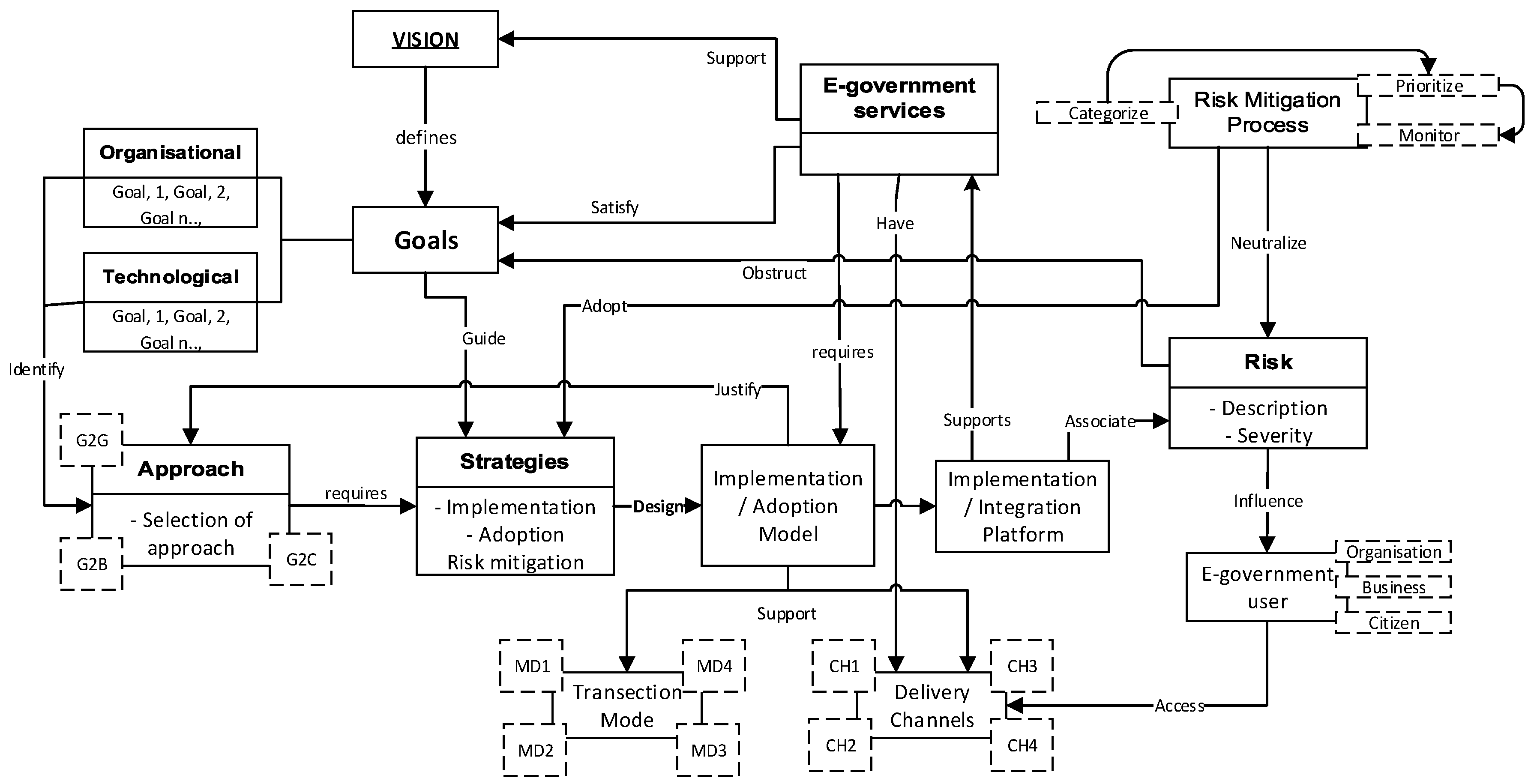
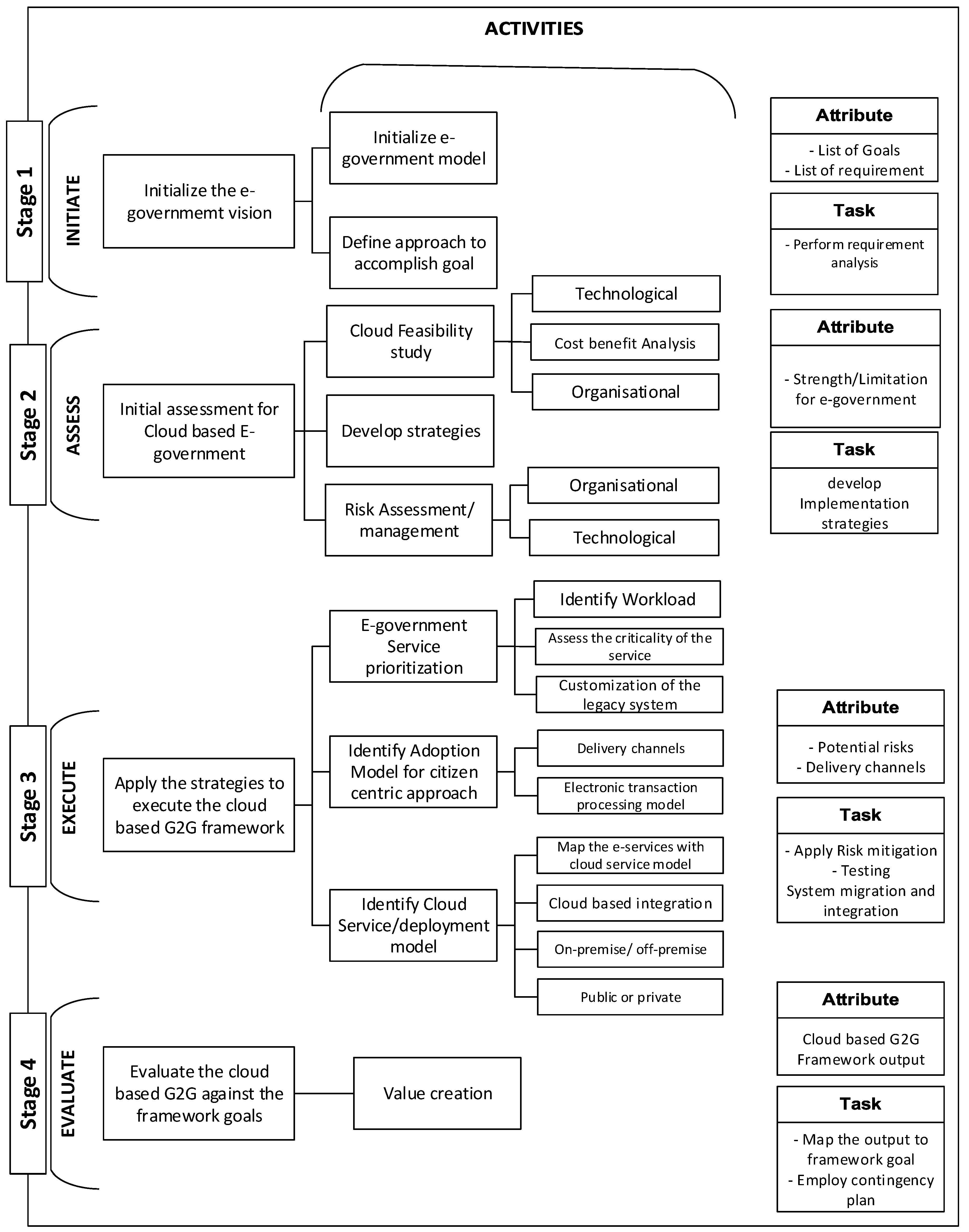
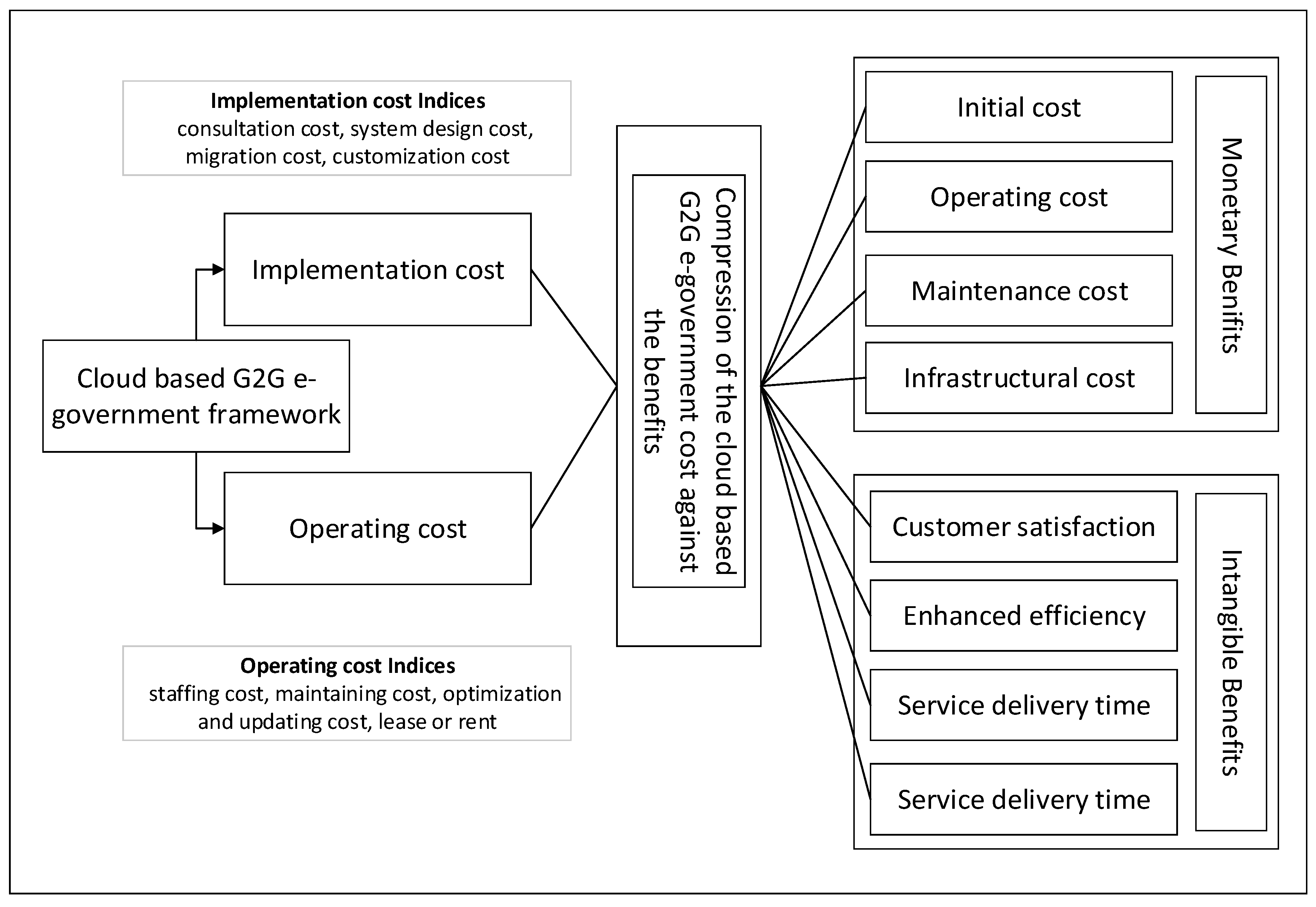
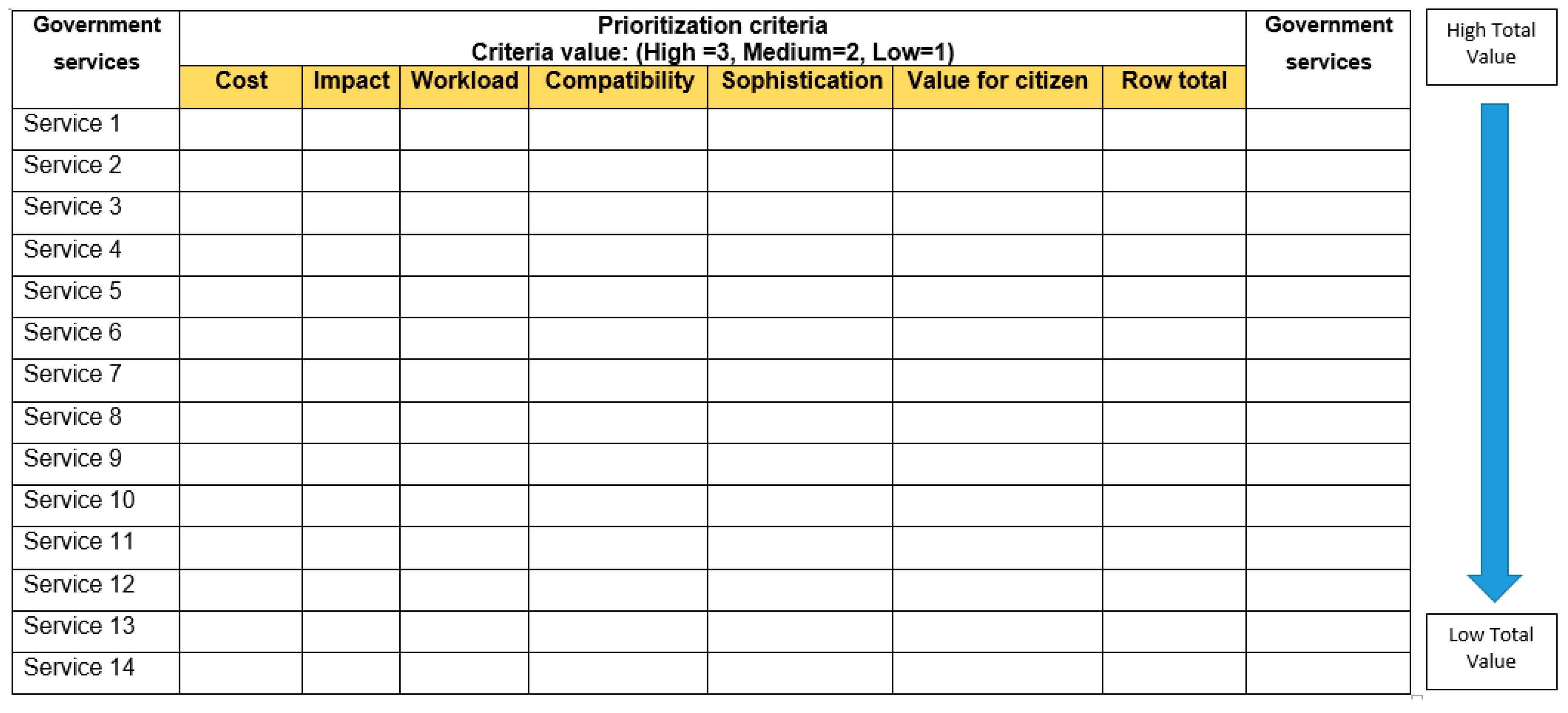
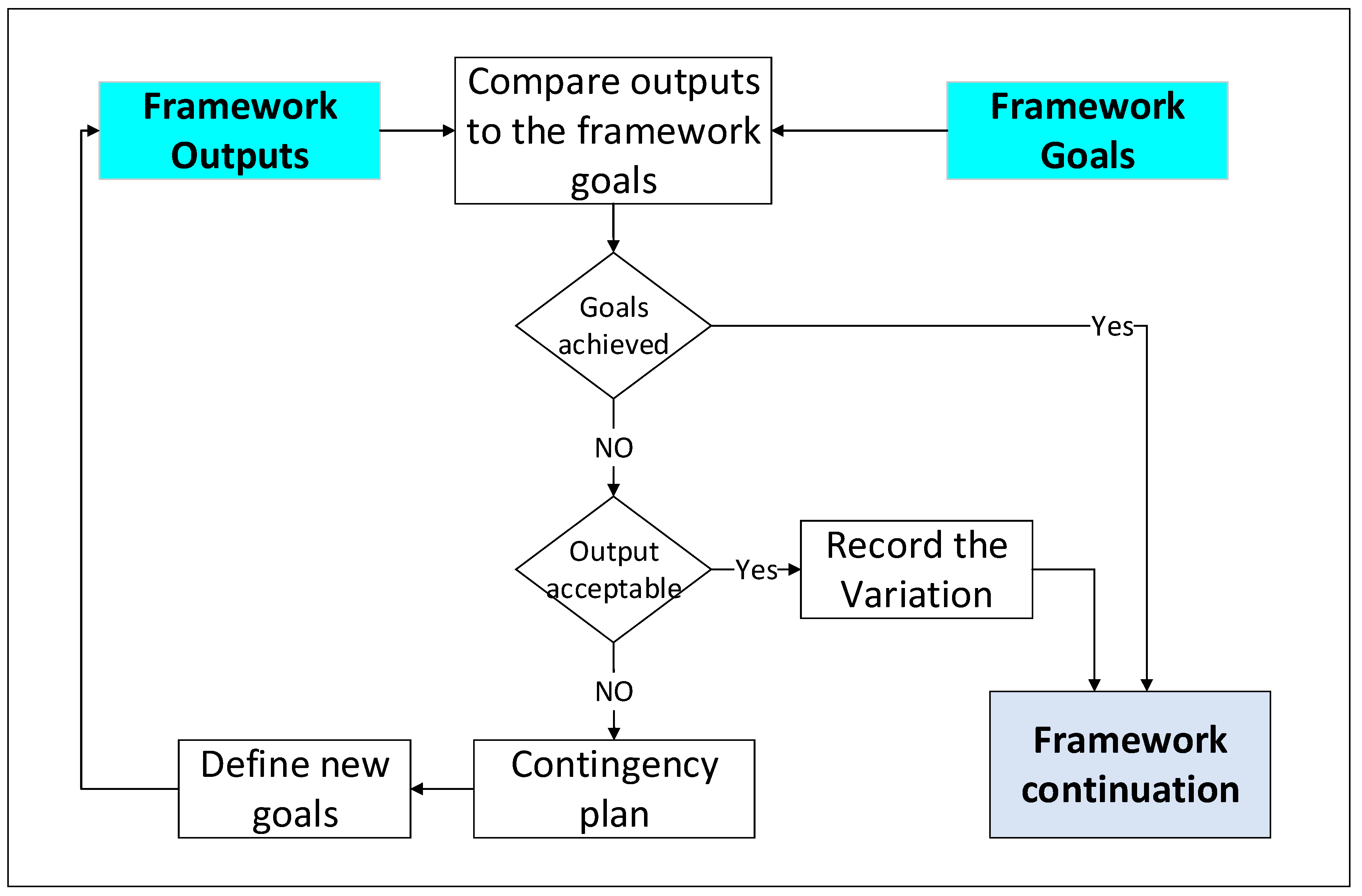
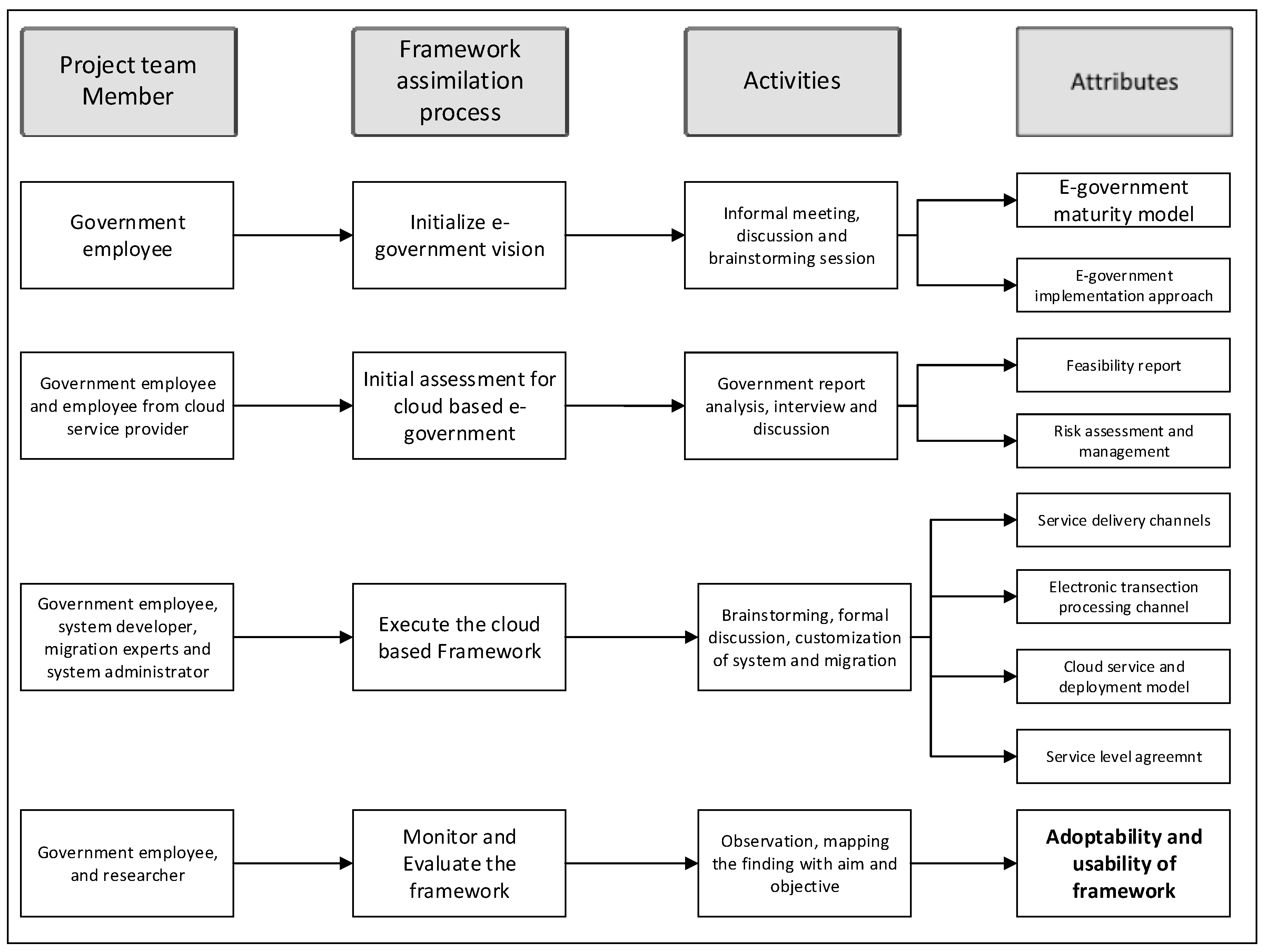
| Application/System | Workload (High/Low) | Application Architecture | Dependencies (Y/N) | Summary (Ready/Not Ready/Partially Ready) |
|---|---|---|---|---|
| Issues in Current System | Requirements |
|---|---|
| Hardware failure, Power interruption, Data centre outages, Cost of managing the hardware and software, servers are outdated (win 2003), isolated systems, high cost on networking | Integration of the systems in the different location, availability of the service round the clock, minimizing the overall cost, collaboration among the department, continuity of the legacy system, citizen oriented services |
| Parameters | Findings |
|---|---|
| Technological |
|
| Organizational |
|
| Financial |
|
| Category of Risk | Risk Type | Impact on the Governance |
|---|---|---|
| Organizational | Supply chain failure | The supply chain failure could lead to the interruption of the service as the CSP might have been procuring some of their service through third party. |
| Service termination | Since there are very few companies in Nepal those offer the cloud computing services and their client-tale is not significant there is always a risk of service termination. | |
| Lock in | The data lock in situation could likely occur in the absence of an alternative service provider. | |
| Technological | Security and privacy | Security and privacy is the one of the main risk associated with the cloud computing. The CSP has certain control over the systems hosted in the cloud, therefore their potential impact on the confidentiality and the integrity of the data could not be denied. |
| Isolation failure | The shared resources in the cloud computing can expose the confidential data to the other tenants. Failure of the isolation of the resources could make the government system vulnerable to attack. | |
| Availability | The government official shows concern in relation to the availability of the service. | |
| Unauthorized access to premise | Since the data and information not in held in the government premise the official have concern over the unauthorized access to the physical location of the data centre. | |
| Business | Data protection | The measures applied in relation to the data protection by the CSP which is difficult to check, therefore lack of the mechanism to check whether the CSP is complying with the data protection policies, could lead to legal challenges. |
| Licensing | The department yet to decide whether the software and application they are using at present might violate the terms and condition by migrating them to the cloud. |
| Current Practice | Agreed Delivery Channels |
|---|---|
|
|
| Current Transaction Processing | Agreed Method |
|---|---|
| Nepal government does not have payment gateway therefore does not handle any financial transaction online. | E-sewa Khalti Banks |
| Clause | Description |
|---|---|
| Accountability | The clause discusses how the CSP complies with the government policy in relation to the data and information processing in the cloud. |
| Agility | This section provides detailed description of the elasticity and the scalability of the service as required by the department. |
| Assurance | Availability and reliability of cloud computing service, capacity to tolerate fault and addressing other issues when required is included under this clause. |
| Financial | This section provides detailed cost of migrating and running e-government services in cloud platform. It also specifies whether there would be variation in cost in future. |
| Performance | The performance related conditions are documented under this cloud. This cover the service response time, interoperability and other cloud computing performance related subjects. |
| Security and privacy | All the security and privacy concern of the department and assurance from the CSP have been documented under this clause. That covers safeguard of government data, keeping the privacy intact and securing the critical data from damage. |
| Support | This clause covers how the CSP would support the government employee throughout the migration process. This further describes the services that the department receives once the system is migrated. |
© 2017 by the authors. Licensee MDPI, Basel, Switzerland. This article is an open access article distributed under the terms and conditions of the Creative Commons Attribution (CC BY) license (http://creativecommons.org/licenses/by/4.0/).
Share and Cite
Joshi, P.R.; Islam, S.; Islam, S. A Framework for Cloud Based E-Government from the Perspective of Developing Countries. Future Internet 2017, 9, 80. https://doi.org/10.3390/fi9040080
Joshi PR, Islam S, Islam S. A Framework for Cloud Based E-Government from the Perspective of Developing Countries. Future Internet. 2017; 9(4):80. https://doi.org/10.3390/fi9040080
Chicago/Turabian StyleJoshi, Pusp Raj, Shareeful Islam, and Syed Islam. 2017. "A Framework for Cloud Based E-Government from the Perspective of Developing Countries" Future Internet 9, no. 4: 80. https://doi.org/10.3390/fi9040080




